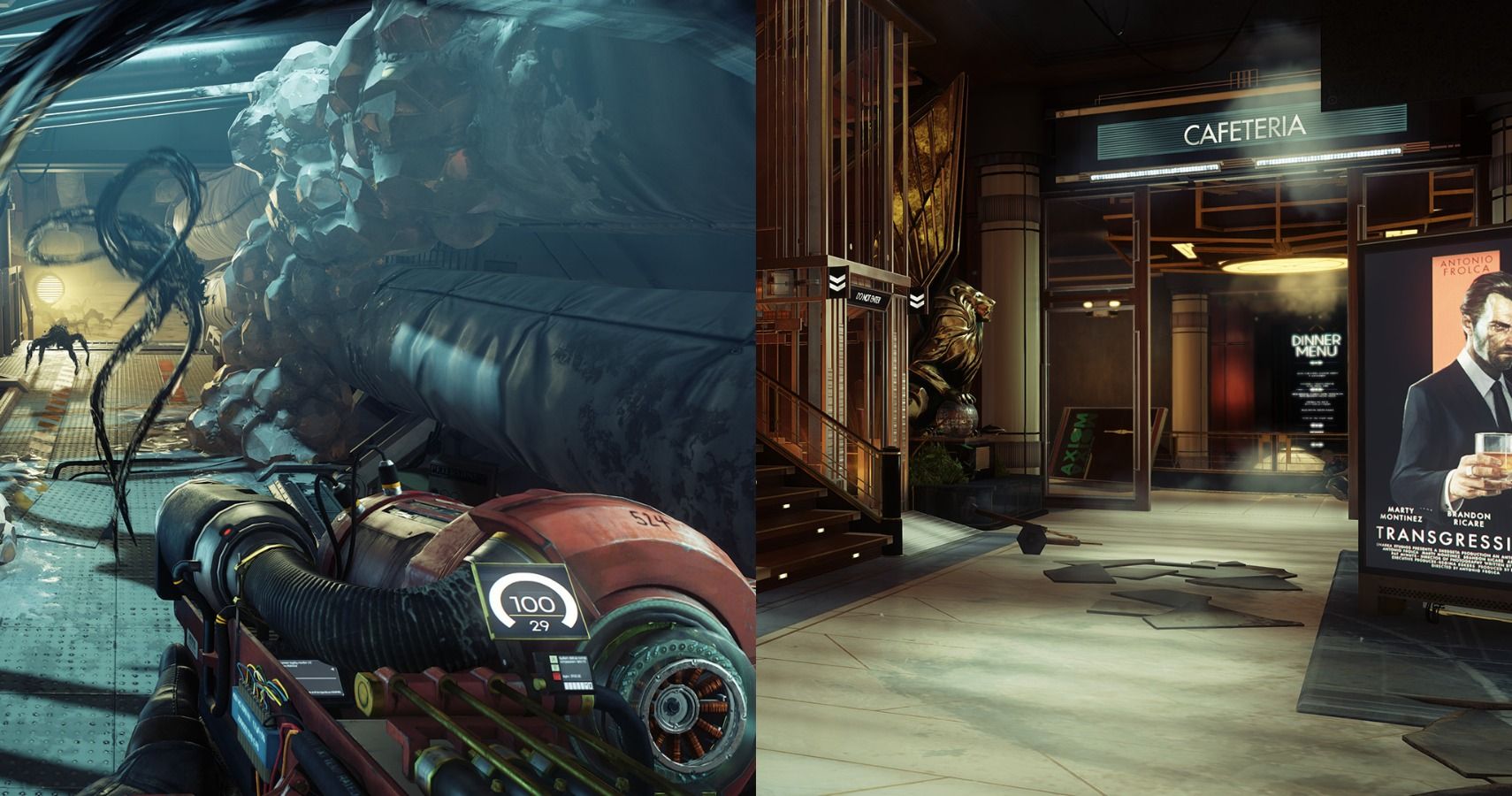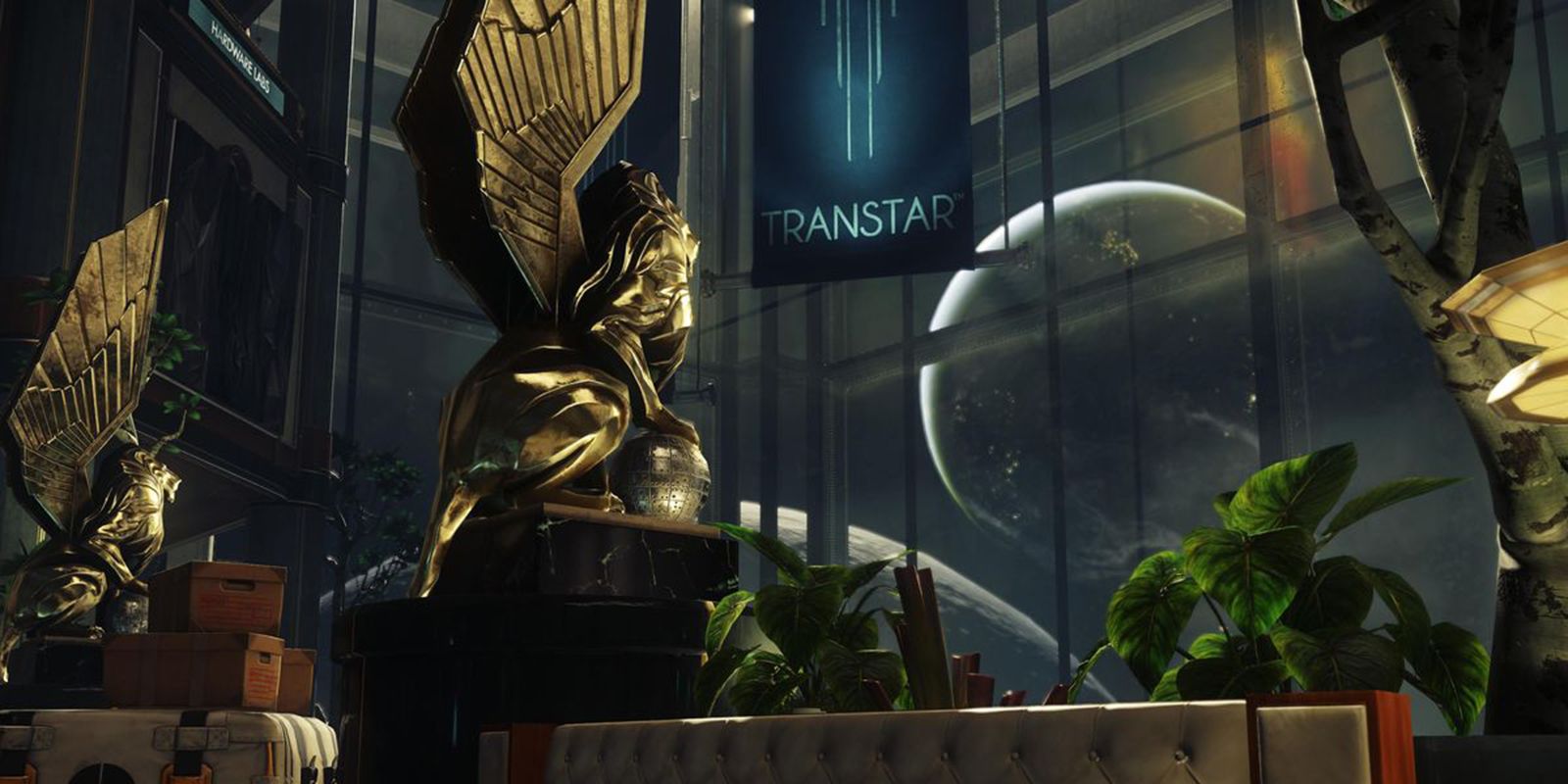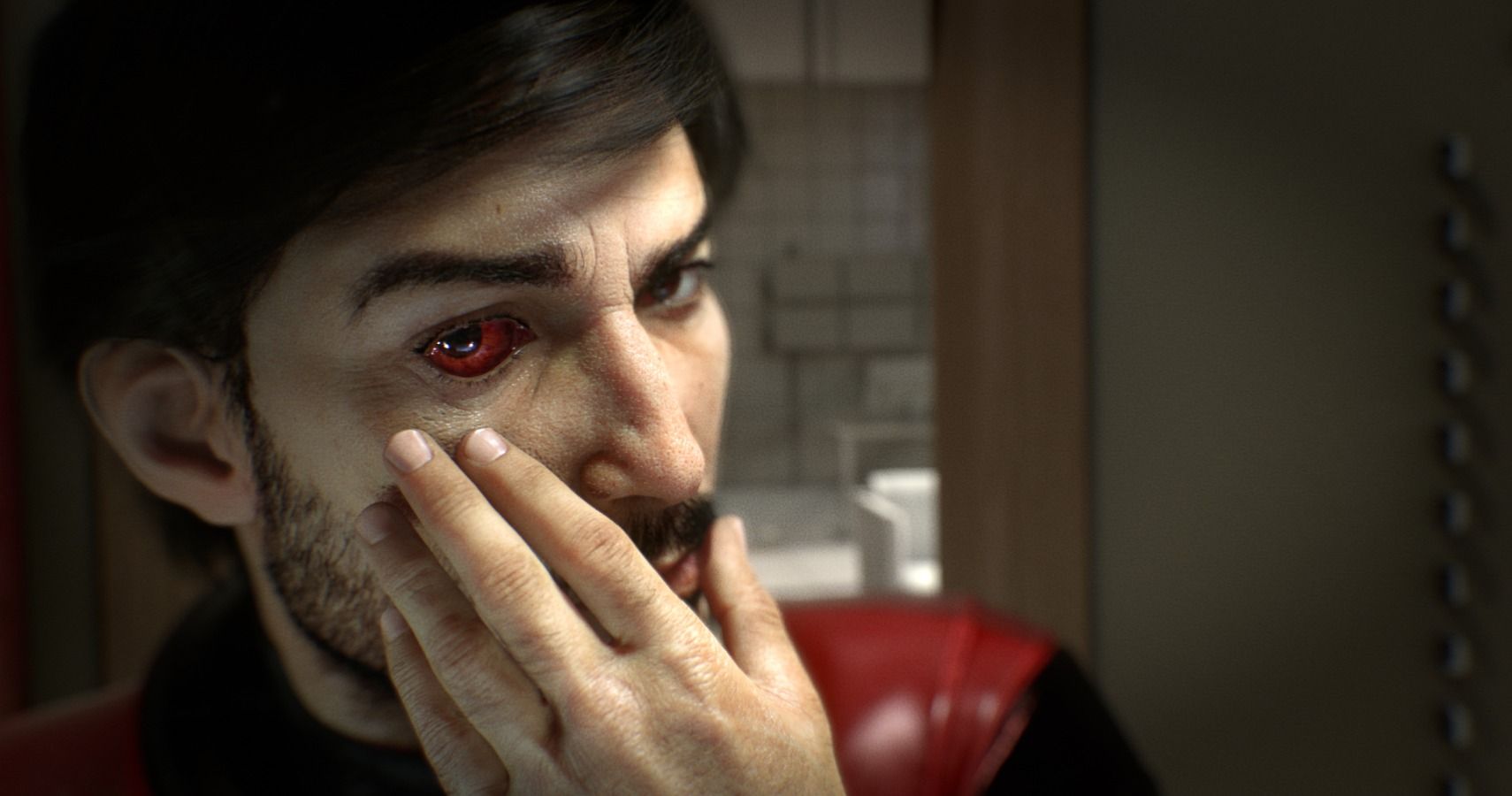How Arkane Studios’ Prey Perfects The Art Of Environmental Storytelling
Prey is an underrated slice of brilliance, and its environmental storytelling puts even some of the best games out there to shame.
You Are Reading :How Arkane Studios Prey Perfects The Art Of Environmental Storytelling

I adore the quiet moments in games. The occasions where you aren’t forced to constantly panic about being ambushed by enemies, or exiting a level that only exists as a temporary battleground to push the story forward. Simply being able to inhabit a living, breathing world with its own distinct stories to tell is a rare sight in blockbusters nowadays, which is what makes Arkane Studios’ Prey all the more special.
Launching in 2017, Prey remains an experience that flew under the radar of many, but its recent addition to Xbox Game Pass will hopefully convince more than a few sceptics to jump into one of the very best games of recent years. Acting as a fairly deliberate homage to the likes of System Shock and Deus Ex, Prey is an immersive sim where you are introduced to a location and given relative free reign to explore.
The sprawling labyrinth in question is Talos 1, a space station orbiting the Moon that has been overtaken by a mysterious alien species known as the Typhon. They come in all different shapes and sizes, such as mimics who can disguise themselves as everyday objects or tall, dark phantoms who echo the thoughts of those they took to the grave. Talos 1 is haunted by these spectres, but they’re often easy to avoid, making it possible for protagonist Morgan Yu to embark on a casual yet terrifying stroll through the station.

From its opening moments, Prey drills a feeling of dreadful fascination into you that lingers until the credits roll, encouraging you to poke, prod, and investigate every single room you come across. The opening has Morgan Yu awaken in a luscious apartment, ushered on by an alarm from their brother demanding that they get dressed and meet at the Transtar Building for a selection of routine tests.
Things immediately feel wrong, like invisible eyes are intently watching your every move. Morgan’s true circumstances entangle themselves like a thread as it becomes clear they’ve been living through an endless loop aboard Talos 1, fooled by unethical tests as they live through the same routine day after day without any conceivable end. All it took was an alien invasion to finally change things, and now Morgan is left to discover the corpse-filled, mystery-laden insides of Talos 1 and exactly what brought it into such dire straits.
Stepping into The Talos 1 lobby for the first time is a transcendent moment. The central elevator teases an abundance of shafts begging to be pilfered through, with each floor hiding its own vault of dark, unusual secrets. My first objective is to reach Morgan’s office, which I follow diligently so I can accrue some narrative context and a few abilities which will make abandoning the beaten path an absolute breeze.
Once I have the ability to transform into tiny objects thanks to the horrifying implementation of Neuromods, which are strange devices you can inject into your brain to receive supernatural powers. I throw the main quest in the bin and venture out on my own adventure. It’s a pilgrimage informed by the sprawling nature of Talos 1, and how it expresses a sense of architectural realism that few settings have achieved. I could picture myself living here, commuting across the station on a daily basis as an engineer in Deep Storage, or a caterer in the Crew Quarters.

There’s a quiet beauty to the station being abandoned, with the exception of a few souls hiding away in fear of the aliens that prowl its halls. Corpses are everywhere, but I didn’t see them as objects of horror. Their circumstances are tragic, but each fallen member of Transtar is a story in themselves, audio logs often opening up wider avenues to quest objectives and relationships between people that would otherwise go unexplored.
I found that chasing after lives that were cut short was a way to honour the memories of those who fell before me, especially in the case of Prey’s many overarching relationships. These feel like real people, tricked into a morbid sequence of events they had no control over. However, in the face of all this, they still lived their lives to the fullest, which made their untimely demise all the more fascinating to decipher.
The ramshackle state of Talos 1’s many departments are also filled with untold tales. My personal favourite is the Crew Quarters, since it does a phenomenal job of showcasing the personalities of so many characters. I felt like an otherworldly voyeur as I hacked into bedrooms, digging through belongings for rare treasures, books to read, and a small clue as to what exactly happened here.
Many locations are left in a state of limbo, like the people who once called them home were forced to abandon their posts immediately, or simply killed too quickly to react. I’d argue that Prey’s storytelling is weaker when you’re actually face-to-face with other humans. Facial animations and iffy audio mixing begin to fracture the illusion of Talos 1 as a lifelike space. These small foibles lead into a final act that I’m not a huge fan of, but everything before this crescendo is utterly perfect.

Prey’s core ethos is the judgement of morality. Morgan Yu awakens with little memory of who they are as a person. They could have been a mass murderer and had no recollection of such heinous actions, or a messiah of hope for the weak and broken. None of this matters – the person Morgan is now is for you to decide, and this conscience is assembled by how the tragedy that befell Talos 1 is approached.
You could bypass the stories this environment has to tell and come to a disappointing conclusion, or take time to comb over its many mysteries and emerge with a much deeper understanding. The latter is where the brilliance of Prey resides, and why I think it’s such a special game. I sincerely hope Arkane Studios has a chance to expand on this universe again, or make something in a similar vein that values immersive storytelling in such a way. It’s something that only this medium can achieve, and it’s important to treasure that.
Link Source : https://www.thegamer.com/how-arkane-studios-prey-perfects-the-art-of-environmental-storytelling/
